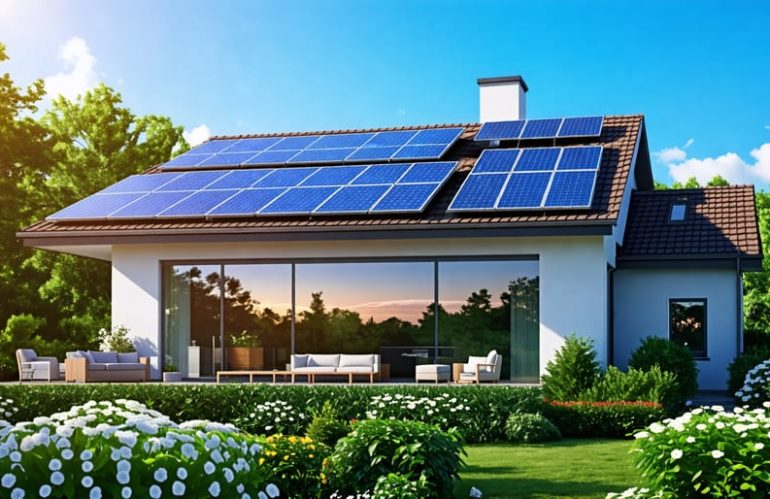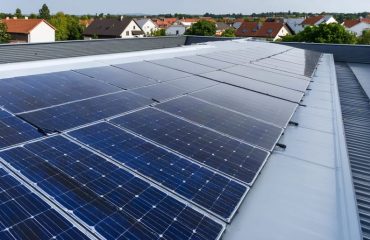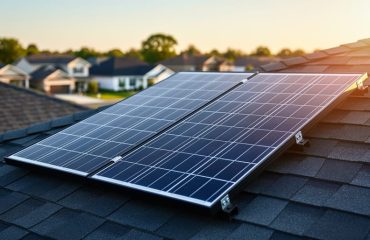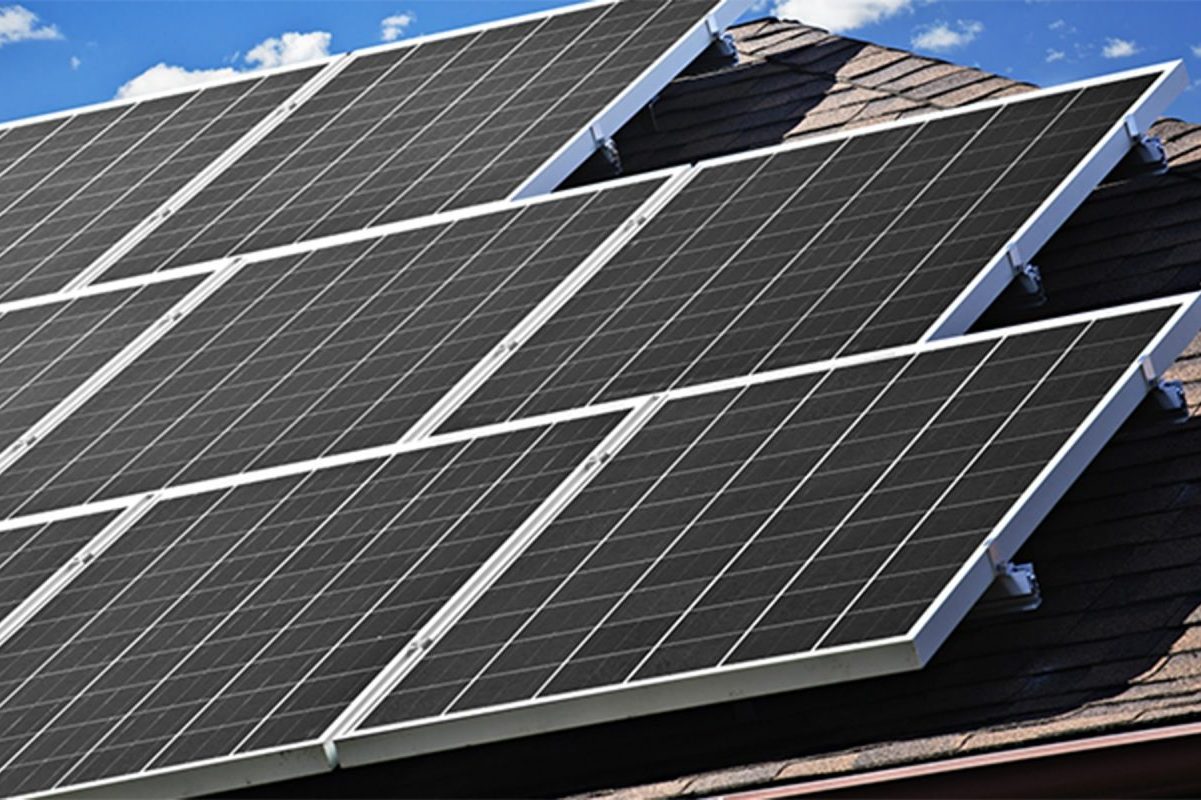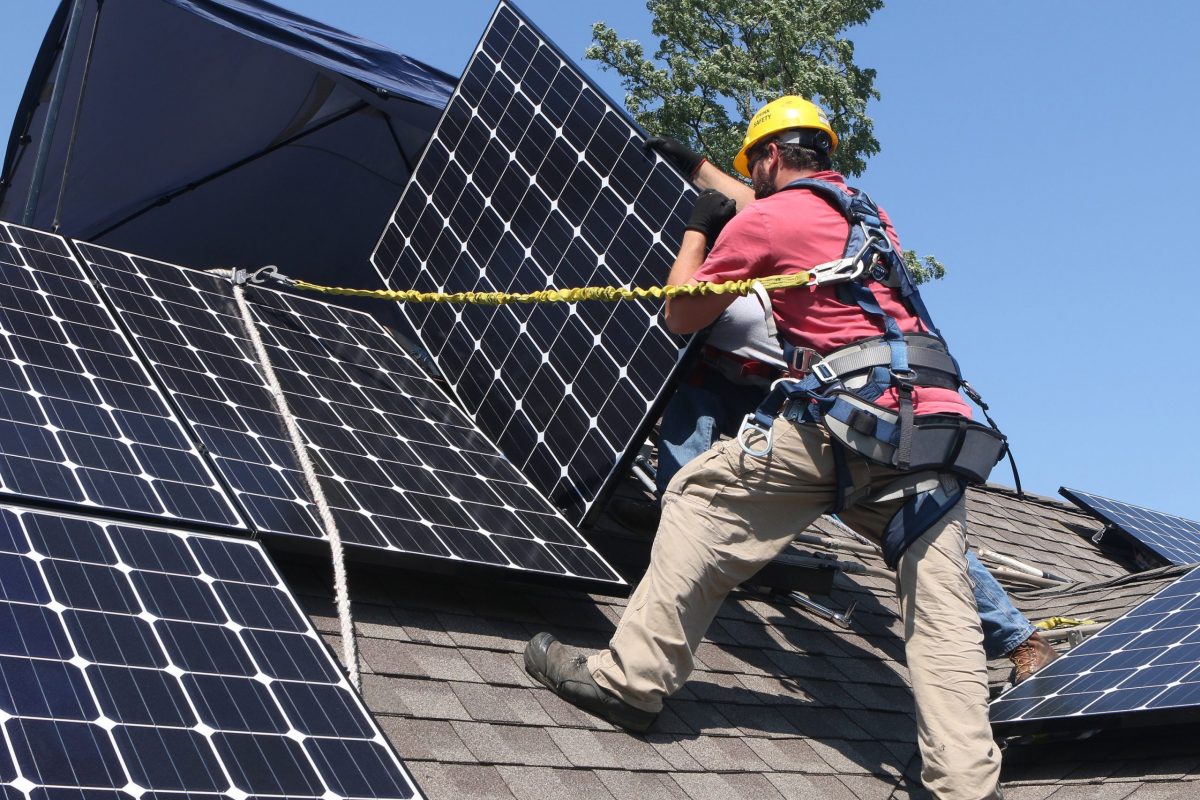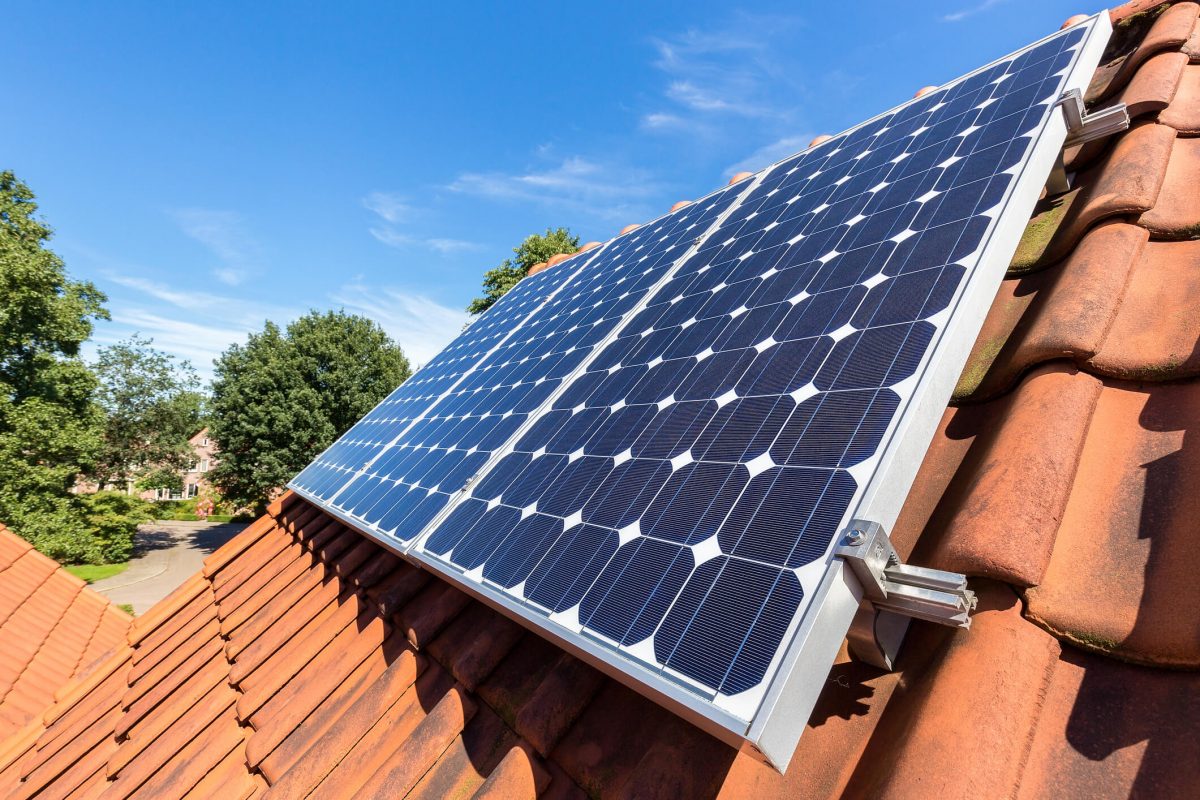Determine your home’s energy needs by analyzing past utility bills to calculate your average daily kilowatt-hour consumption. Consider factors like roof size, orientation, and shading when evaluating your available solar installation space. Get multiple quotes from reputable installers to compare system sizes, configurations, and cost of solar panels. Aim for a system that offsets 100% of your electricity usage for maximum savings and environmental impact.
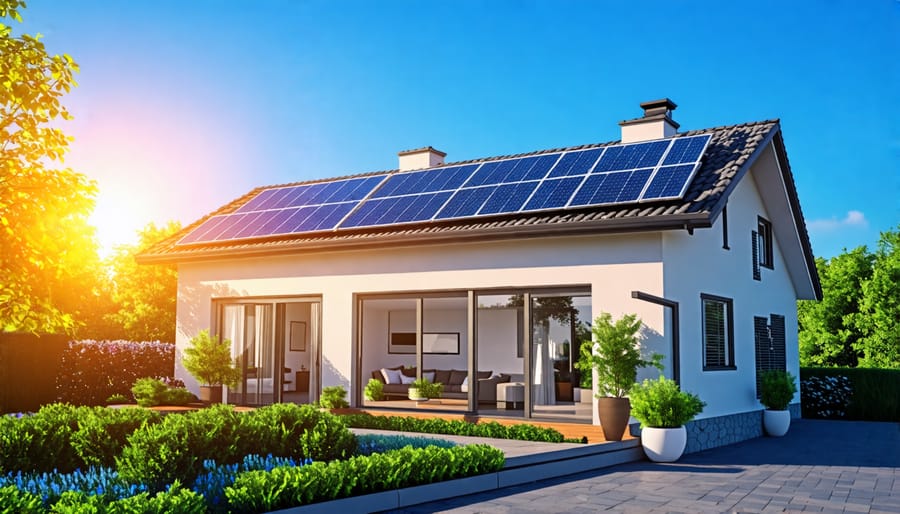
Factors That Determine Solar System Size

Your Home’s Energy Usage
Your home’s energy consumption directly influences the ideal size of your solar system. To accurately determine your energy needs, review your utility bills from the past year and calculate your average monthly energy consumption in kilowatt-hours (kWh). Consider factors such as the size of your home, the number of occupants, and your usage patterns.
When calculating your energy usage, don’t forget to account for any planned changes or additions that may impact your consumption, such as installing an electric vehicle charger or upgrading to energy-efficient appliances. Once you have a clear understanding of your energy requirements, you can work with a solar professional to determine the appropriate system size to meet your needs and maximize your savings.
Keep in mind that while a larger system may produce more energy, it also comes with a higher upfront cost. Striking the right balance between your energy needs and budget is crucial in selecting the optimal solar system size for your home. By accurately assessing your energy consumption and working with experienced professionals, you can ensure that your solar investment delivers the best possible returns for years to come.
Available Roof Space
The available roof space is a critical factor in determining the size of a residential solar system. Most homes have around 1,500 square feet of roof space suitable for solar panels, which can accommodate a 6kW system. However, the actual usable area depends on the roof’s orientation, pitch, and shading from nearby trees or buildings. South-facing roofs with a 30-degree tilt are ideal for maximum sun exposure. East and west-facing roofs are also viable but may require more panels to achieve the same output. Partial shading can significantly reduce a panel’s efficiency, so it’s essential to assess the roof’s exposure throughout the day. If the available roof space is limited, high-efficiency panels can help maximize the system’s capacity within the given area. Consulting with a professional installer can help determine the optimal panel layout and sizing based on your home’s unique roof characteristics.
Your Solar Goals
When determining the size of your solar system, consider your energy goals. Are you aiming to offset a portion of your electricity usage or completely eliminate your reliance on the grid? Partial coverage systems are smaller and less expensive, but will still leave you with some utility bills. A full coverage system may have higher upfront costs, but can potentially eliminate your electricity bills altogether.
If your utility offers net metering, excess energy your system produces can be sent back to the grid for credits on future bills. This can help offset the cost of a larger system. However, net metering policies vary by location, so research your local regulations. Ultimately, the decision between partial and full coverage depends on your budget, energy needs, and long-term savings goals. Consulting with a solar professional can help you find the perfect balance for your home.
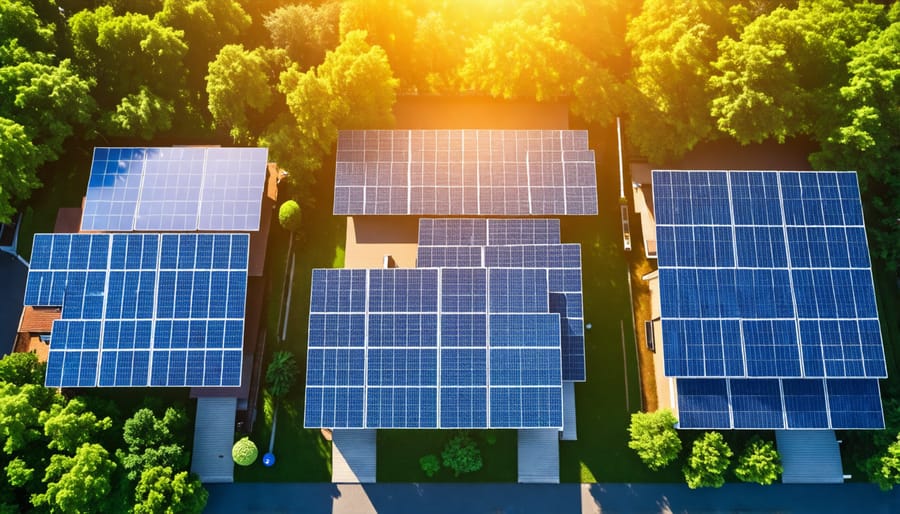
Average Residential Solar System Sizes
Small Homes
For homes under 1500 square feet, a solar system between 3 and 5 kilowatts (kW) is typically sufficient to cover most of the home’s energy needs. This size range can produce anywhere from 300 to 500 kilowatt-hours (kWh) per month, depending on factors like location, roof orientation, and shading. A 3 kW system is ideal for very small homes or those with low energy consumption, while a 5 kW system can accommodate slightly larger homes or those with higher energy needs. When deciding on the size of your solar system, it’s essential to consider your monthly electricity usage, available roof space, and budget. Working with a reputable solar installer can help you determine the optimal system size for your small home, maximizing your energy savings and ensuring a quick return on your investment.
Mid-Sized Homes
For mid-sized homes ranging from 1,500 to 2,500 square feet, a typical solar system size falls between 6 and 10 kilowatts (kW). This size range is sufficient to cover the average electricity consumption of households in this category. A 6 kW system generally consists of 18-20 solar panels, while a 10 kW system may require 30-32 panels, depending on the specific panel wattage. The exact number of panels needed will also depend on factors such as roof orientation, shading, and local climate conditions. When determining the ideal system size for your mid-sized home, consider your monthly electricity usage, available roof space, and budget. It’s essential to work with a reputable solar installer who can assess your home’s unique energy needs and provide a customized system design that maximizes your energy production and savings potential. Keep in mind that while a larger system may have a higher upfront cost, it can also lead to greater long-term savings on your electricity bills and a faster return on your investment.
Large Homes
For large homes over 2,500 square feet, a solar system capacity of 10-15 kW is typically recommended. This size range can effectively offset the higher energy consumption associated with larger living spaces, multiple occupants, and increased appliance usage. To determine the precise capacity needed, homeowners should consider factors such as their home’s energy efficiency, local climate, and average monthly electricity bills. Working with a reputable solar installer can help ensure that the system is optimally sized to meet the household’s energy needs while maximizing long-term savings. With a properly sized solar array, owners of large homes can significantly reduce their reliance on grid electricity, lower their carbon footprint, and enjoy the benefits of clean, renewable energy. Investing in a solar system not only contributes to a more sustainable future but also provides an excellent return on investment through reduced energy costs and potential increases in property value.
Choosing the Right Size Solar System
Getting an Energy Audit
Before installing a solar system, it’s crucial to determine the optimal size for your home’s energy needs. An energy audit is an excellent way to pinpoint the right system size. During an audit, a professional assessor evaluates your home’s energy usage, efficiency, and potential for improvement. They examine past utility bills, inspect insulation, windows, and appliances, and may use specialized tools to detect air leaks and thermal inefficiencies. The auditor provides a detailed report with recommendations for energy-saving upgrades and an estimate of your home’s energy consumption. This valuable information helps solar installers design a system that precisely meets your needs, ensuring you don’t overspend on unnecessarily large panels or underestimate your requirements. While an audit may seem like an extra step, it can save you money in the long run by optimizing your solar investment. Some solar companies even offer energy audits as part of their installation packages. Embrace the audit as an opportunity to learn more about your home’s energy profile and take a significant step towards energy independence.
Consulting With a Solar Professional
Consulting with a solar professional can provide invaluable guidance when determining the ideal solar system size for your home. These experts have the knowledge and experience to assess your unique energy needs, taking into account factors such as your location, roof size, and household electricity consumption. By working with a solar consultant, you can gain a clear understanding of the potential solar savings and environmental benefits specific to your situation.
During a consultation, a solar professional will typically review your electricity bills, discuss your energy goals, and evaluate your property’s solar potential. They can then recommend an appropriately sized system that optimizes energy production while fitting within your budget. Additionally, they can help you navigate the process of obtaining permits, applying for incentives, and connecting your system to the grid. With expert guidance, you can feel confident in your decision to invest in solar energy and take a significant step towards a more sustainable and cost-effective future.
Using Online Solar Calculators
Online solar calculators can provide a quick estimate of the solar system size needed for your home by considering factors like location, energy usage, and available roof space. While these tools offer a convenient starting point, they may not account for all the unique aspects of your property, such as shading or roof orientation. For the most accurate assessment of your solar needs, it’s best to consult with a professional installer who can evaluate your specific situation and provide a customized recommendation. Nonetheless, online calculators can give you a general idea of what to expect in terms of system size and potential savings.
Conclusion
Properly sizing your residential solar system is essential for maximizing energy production, minimizing costs, and ensuring a quick return on your investment. By considering factors such as your energy needs, available roof space, local climate, and budget, you can determine the optimal system size for your home. Typical residential solar systems range from 4 to 8 kW, with most homeowners opting for a 6 kW system to strike a balance between energy generation and affordability. With the right-sized solar system, you can significantly reduce or even eliminate your reliance on grid electricity, saving money on your energy bills while contributing to a more sustainable future. As you embark on your solar journey, remember that investing in a properly sized system is a crucial step towards achieving your energy independence and environmental goals.

